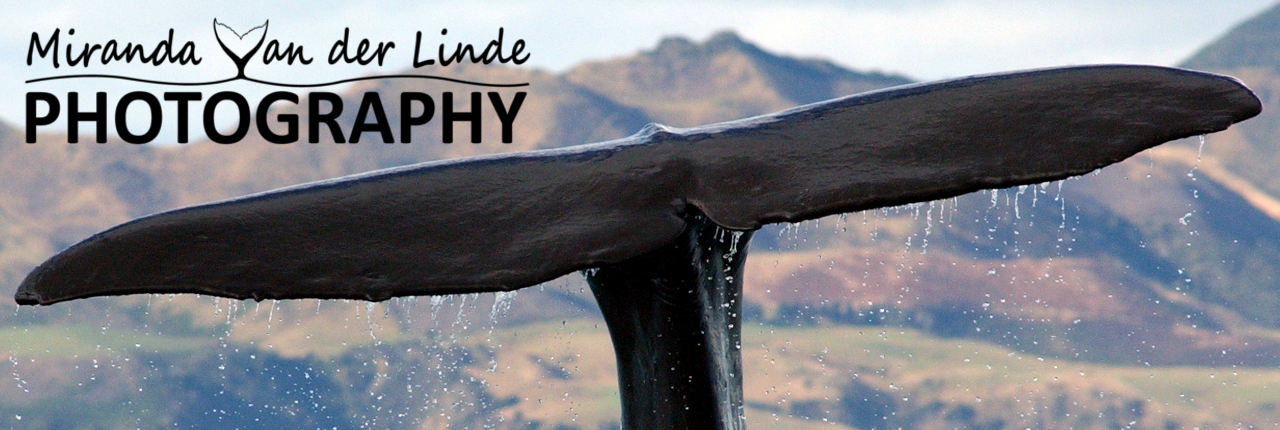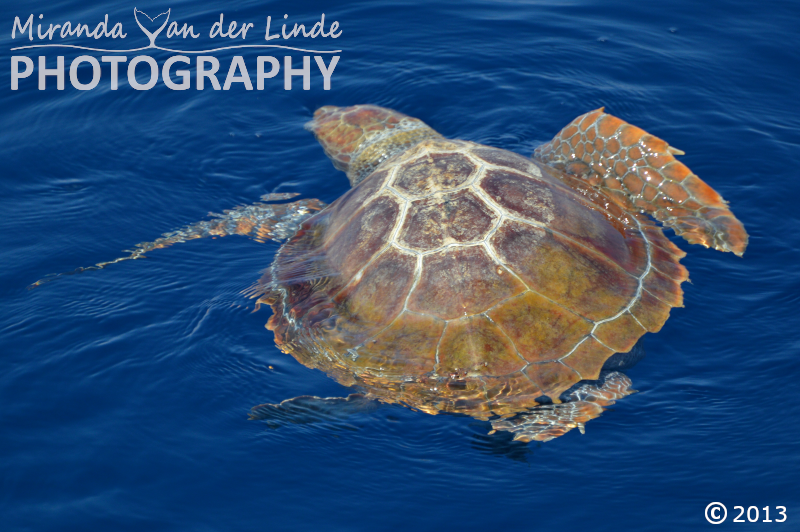Long summer days out on the water are the best. Especially when the ocean is flat and clear, so that you can see the animals right through the water - as if they are floating in the sky. I love these endless summer days.
Wednesday 16 December 2020
Baby dolphins
One of the best dolphin encounters is when baby dolphins (or calves) are included in the pod. Over the years I've been lucky to encounter many baby dolphins, including the tiniest ones that were still wrinkled and had their dorsal fin folded over from being in the womb. They are absolutely adorable, and a delight to watch clumsily leaping alongside their mother.
Saturday 12 December 2020
Azores summer sea sightings
The summer time in the Azores is best spent out on the water. Escaping the heat by catching a cool ocean breeze, and in the company of an array of marine wildlife. At this time of the year the dolphins are the most abundant, as extra species visit and calves are born. It's also the best time of the year to encounter sperm whales and other other ocean voyageurs like sea turtles.
Wednesday 9 December 2020
Not so common dolphins
I always thought the name "common dolphin" doesn't do the species any justice. Their unique and beautiful physical appearance is far from ordinary or common. They are one of just a handful of dolphin species in the world that have a yellow colour on their sides. To make them even more unique, the markings on each individual is quite different, and every now and then you will even come across a rare "dark edition".
Saturday 5 December 2020
Baleen whales surfacing
During the spring months there is a peak in baleen whale sightings in the Azores. Their presence at the surface is given away by their blow as they exhale great volumes of air. The three largest species; blue whale, fin whale and sei whale aren't known for putting on great acrobatic displays, but it is very exhilarating in that first moment that you see these great whales coming up to the surface.
Thursday 3 December 2020
Cory's shearwaters in the Azores
The Azores doesn't host a great variety of seabirds, but it does have one special species that arrives every year in the tens of thousands to nest on the islands and feed in the surrounding waters. It's the Cory's shearwater, a member of the tube-nosed oceanic birds, and a beauty to see gliding the wind currents over the water's surface
Tuesday 1 December 2020
The unique beauty of the Azores
The Azores is a truly unique and diverse place to live. Every day I lived there was very different, as the clouds moved quickly and the light changed. The more you explore the islands the more surprises there are, almost everywhere you took the time to look.
Thursday 26 November 2020
The sunset in the west
Over the years while I was in the Azores I got to see some nice sunsets, both by boat and from land. The west of the island was definitely the best, particularly from the coastline of Mosteiros, looking out towards the setting sun with the islets of Mosteiros in the foreground.
Sunday 22 November 2020
The year of the orca in the Azores
In January 2013, a male orca arrived to São Miguel and he was later followed by a pod of several females and young that visited the island sporadically until the end of May. It turned out to be the best year on record to see orcas in the Azores, so we felt very lucky that they had chosen our island for whatever reason. I still find it fascinating that almost nothing is known about the orcas seen in the Azores. They have not yet been assigned to an existing orca ecotype, and we don't even know where they come from or go when they are not in close proximity to the Azores islands. When I have seen them here, I observed them feeding on loggerhead turtles (one orca even breached with a turtle in his mouth and released it mid-air so that the poor turtle went flying before being devoured). I have also seen them chasing dolphins and our famous male that first arrived in January was toying with a stingray. Hence this male orca is still known today as "Mr Ray".
Wednesday 9 September 2020
Azores rainbows

























































